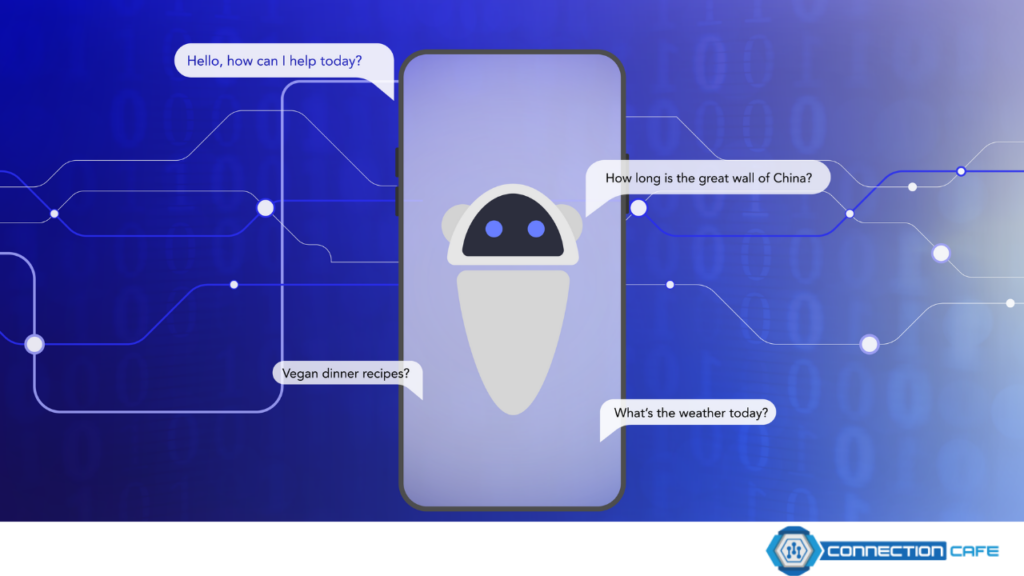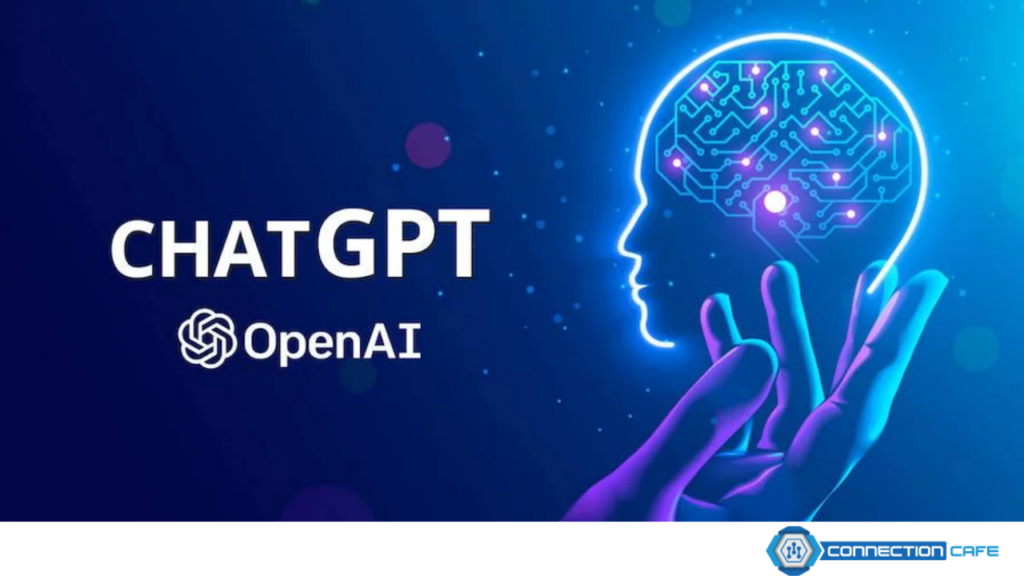In our evolving world, artificial intelligence has transitioned from a fantastical notion confined to movies to a ubiquitous presence, necessitating a deeper understanding of its impact on our daily lives and experiences.
OpenAI’s ChatGPT stands as a prominent example of AI’s utility across diverse sectors and demographics. However, it is not flawless, precise, or the ultimate solution for all our daily needs.
ChatGPT has stirred controversy due to occasional provision of incorrect or misleading responses, resulting in repercussions for individuals and its creators, OpenAI.
In 2023, it falsely attributed inappropriate behavior to an American law professor during a non-existent school trip, citing nonexistent sources. Essentially, it fabricated the entire incident.
This instance underscores several concerning flaws in the chatbot’s otherwise impressive capabilities. While it can serve as a valuable information source, its responses should not always be taken as fact.
As ChatGPT usage grows in various online and professional domains, it’s conceivable that much of the information consumed online is AI-generated, potentially originating from ChatGPT itself.
Consequently, the internet landscape blurs the distinction between human and AI-generated text, prompting the need for vigilance in discerning ChatGPT’s contributions.
What are the indicators of ChatGPT-generated content?
As ChatGPT’s responses depend on human prompts, the depth of its replies often reflects the detail provided. A lack of specificity, particularly in complex topics, may yield vague or erroneous responses.
While such nuances might elude casual observers, those familiar with the subject may readily identify text authored by ChatGPT.
Key points to consider include:
1. Language Usage and Repetition:
ChatGPT, a “narrow” AI, lacks human-like emotions or creativity, resulting in responses devoid of personality. Despite efforts to minimize errors, its simplicity and occasional robotic tone may betray its origin. Notably, repetition of words or phrases may occur, especially in longer passages.
2. Hallucinations:
Instances like the fabricated law professor scenario exemplify AI-generated hallucinations, a significant issue with generative chatbots like ChatGPT. Experts recommend cross-referencing its responses, particularly for niche topics, to ensure accuracy.
3. Copy-and-Paste Errors:
Accidental inclusion of ChatGPT’s side comments, such as ‘Sure, here’s a movie review for…,’ in copied text readily exposes its AI origin, distinguishing it from human-authored content.
4. Thorough Text Examination:
Given ChatGPT’s human-like responses, a comprehensive review of the entire text is necessary to identify potential indicators of AI generation, such as hallucinations, repetition, or copy-and-paste errors.
Detecting ChatGPT Content:
The proliferation of AI content detectors offers tools to distinguish human from AI-written text. These detectors, including those capable of specifying AI contributions within a text, provide valuable insights, albeit with occasional inaccuracies.
However, reliance solely on AI detectors may overlook nuanced distinctions, underscoring the importance of critical assessment and fact-checking, particularly for unfamiliar subjects.
In conclusion, while AI detectors aid in identifying AI content, verifying information remains paramount, ensuring accuracy and reliability in an era dominated by AI-generated text.


